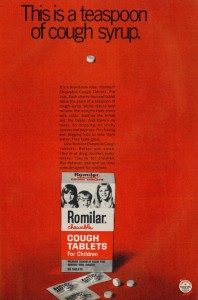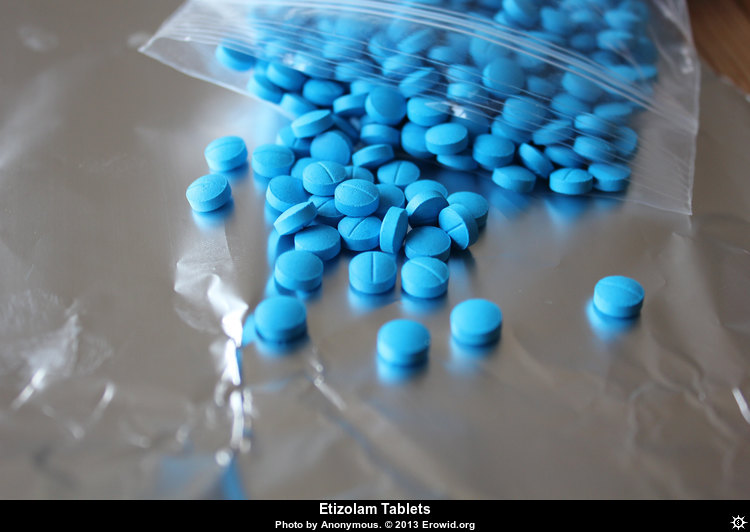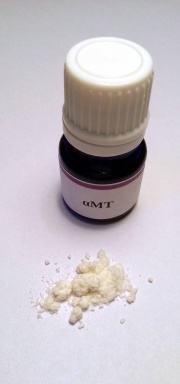 Poppers is the name given to a group of inhalant drugs, popularly used in the party and festival scene. They most commonly comprise of Amyl Nitrite, though other chemicals of the Alkyl Nitrite family are sometimes substituted.
Poppers is the name given to a group of inhalant drugs, popularly used in the party and festival scene. They most commonly comprise of Amyl Nitrite, though other chemicals of the Alkyl Nitrite family are sometimes substituted.
Historically, poppers gained their initial popularity and lasting reputation, as many drugs do, from the gay club scene, where men would use the dilatory and muscle relaxant effects to make fornication easier and enhance sexual pleasure.
Presently, poppers are available worldwide, and particularly in the UK they are frequently sold by salesmen outside of festivals and large shows, capitalising on their semi-legal status – they are often sold as ‘liquid incense.’
Today, reports have emerged about people at the Parklife festival requiring medical attention after drinking poppers, apparently believing they should be used like shots of alcohol. Alkyl Nitrites are indeed potentially deadly when ingested, and this should always be avoided. If you drink poppers, seek medical attention immediately.
Poppers are most safely used by placing the bottle of the substance near the nose and inhaling for a maximum of five seconds. Within seconds, users will generally experience a rushing sensation throughout their body with a sense of warmth and euphoria which will last a maximum of 3-5 minutes, with the primary effects passing within one minute. The euphoria is often described as being synergistic with other drugs such as MDMA or 2c-b.
The effects occur as a result of the body’s blood pressure being lowered quickly, resulting in blood rushing to the heart and brain, causing light-headedness and an increase in heart rate. With increased doses (generally, amount of time inhaled) users may potentially become unconscious or enter a coma (though it is slightly difficult to reach this point with small bottles which are generally sold to users). Poppers should also be avoided by those with heart problems.
Poppers aren’t believed to be particularly addictive, though the short length of effect may cause users to redose several times, which can cause headaches. Frequent redosing should be avoided, taking breaks to avoid stressing the cardiovascular system, and ensuring that effects aren’t compounded between doses.

 Dextromethorphan (DXM) is a dissociative and hallucinogenic drug which is commonly found in cough medicine; its widespread reputation among popular culture and in some sections of drug culture is that it is a drug of convenience, used only by teenagers without access to illicit drugs, taking advantage of their ability to purchase it over the counter in a pharmacy or order it online. However, among some sects, DXM is respected as a powerful and complex psychedelic which can produce experiences wholly different yet similar in worth and intensity as the more traditional hallucinogens.
Dextromethorphan (DXM) is a dissociative and hallucinogenic drug which is commonly found in cough medicine; its widespread reputation among popular culture and in some sections of drug culture is that it is a drug of convenience, used only by teenagers without access to illicit drugs, taking advantage of their ability to purchase it over the counter in a pharmacy or order it online. However, among some sects, DXM is respected as a powerful and complex psychedelic which can produce experiences wholly different yet similar in worth and intensity as the more traditional hallucinogens.  Another of the popular research chemicals available on the Internet of late is Etizolam, which is an analogue of the more traditional benzodiazepines; carrying an almost identical effect profile to its short-acting hypnotic counterparts, such as Xanax. As it stands, etizolam is one of the most popular research chemicals widely available on the Internet – despite this, it remains largely unscheduled worldwide.
Another of the popular research chemicals available on the Internet of late is Etizolam, which is an analogue of the more traditional benzodiazepines; carrying an almost identical effect profile to its short-acting hypnotic counterparts, such as Xanax. As it stands, etizolam is one of the most popular research chemicals widely available on the Internet – despite this, it remains largely unscheduled worldwide.  Most research chemicals are seen as new drugs, either completely new syntheses or chemicals which have previously lain dormant in the writings of Alexander Shulgin. However, some research chemicals have a much longer history of use in research, illicit and licit use.
Most research chemicals are seen as new drugs, either completely new syntheses or chemicals which have previously lain dormant in the writings of Alexander Shulgin. However, some research chemicals have a much longer history of use in research, illicit and licit use.